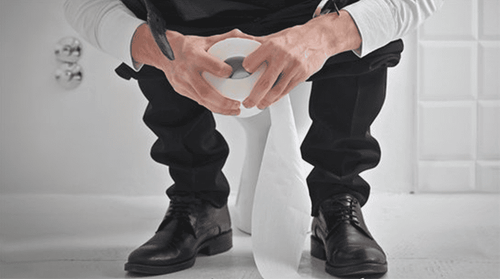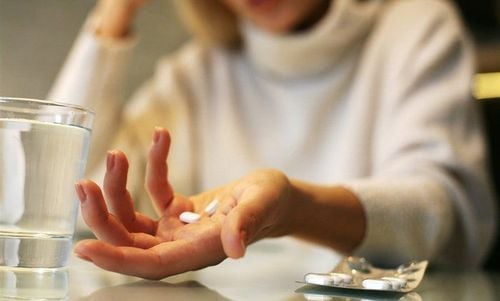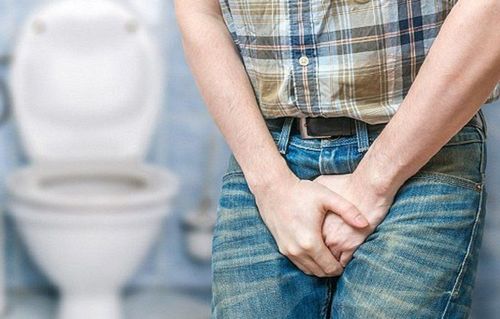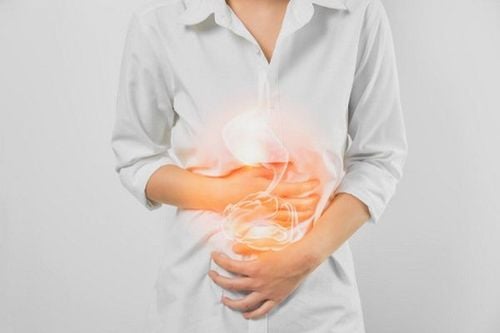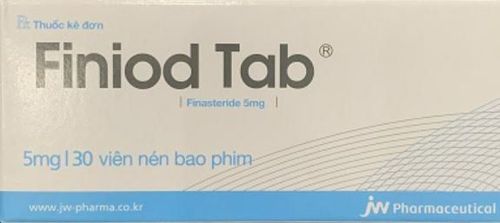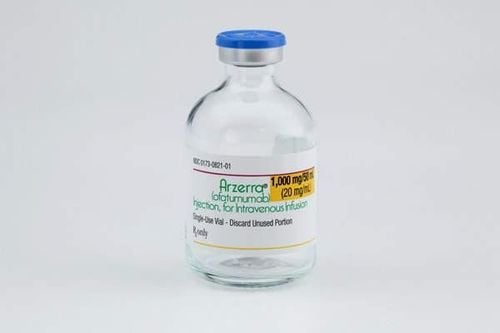This is an automatically translated article.
The article was professionally consulted with MSc Vo Thien Ngon - Urologist, Department of General Surgery, Vinmec Da Nang International Hospital.Bladder stones are one of the pathologies of urinary stones and are the cause of lower abdominal pain, painful urination, frequent urination, hematuria... if left for a long time, it can be dangerous to the patient's health. Cystoscopy to remove stones and foreign bodies is a procedure that uses instruments to remove stones and foreign bodies through cystoscopy.
1. Indications and contraindications for endoscopic bladder removal
Indications: Stones, foreign bodies in the bladder. Contraindications: Active lower urinary tract infection. Benign prostatic hypertrophy of large size. Tumor in the pelvic region with compression of urinary tract obstruction.
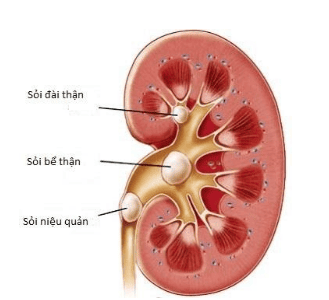
2. Steps to prepare endoscopic bladder foreign body removal
Performers: 01 doctor, 01 nurse.
Facilities:
Hard (metal) or soft (fiber) cystoscope. Fiber optic cable for transmission of images and video screens. Cold light source. Sterile water source and water inlet system. Tools to pick up stones, pick up bladder foreign bodies: Use clamps or dormia nets: 01 set. Sterile gloves: 02 pairs - Gynecological examination bed can be adjusted up and down automatically. Antiseptic betadine alcohol: 01 bottle Sterile gauze: 02 packs Sterile forceps: 01 piece Surgical clothes: 02 sets Hat, mask: 02 sets Pain reliever (Feldene, mobic...), local anesthetic (Xylocain) ).
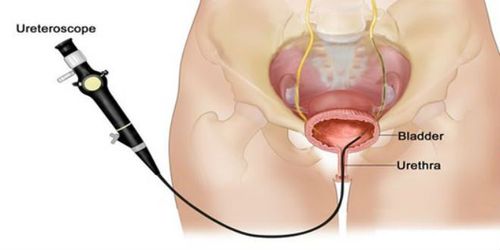
Patients: Need to be explained carefully before the procedure, inject pain medication before the procedure (Feldene, mobic..) and need local anesthesia with xylocaine (usually a gel) injected through the line. urethra.
3. Steps to carry out endoscopic bladder foreign body removal
Step 1: Check the file
Step 2: Check the patient
Step 3: Perform the technique
Pain relief for the patient: inject pain medication before the procedure (Feldene, mobic..), causing pain Local anesthetic with xylocaine (usually a gel) injected through the urethra. Position the patient in the obstetric position. Endoscopy: place a cystoscope, put water into the bladder to check the condition of the bladder, determine the location and size of stones, foreign objects in the bladder. Insert the clamp to pick up the gravel or thread the gravel into the dormia basket to pull it out. For too large stones, it is necessary to break the stone into small pieces with ultrasonic or laser pulses and then remove the stone.
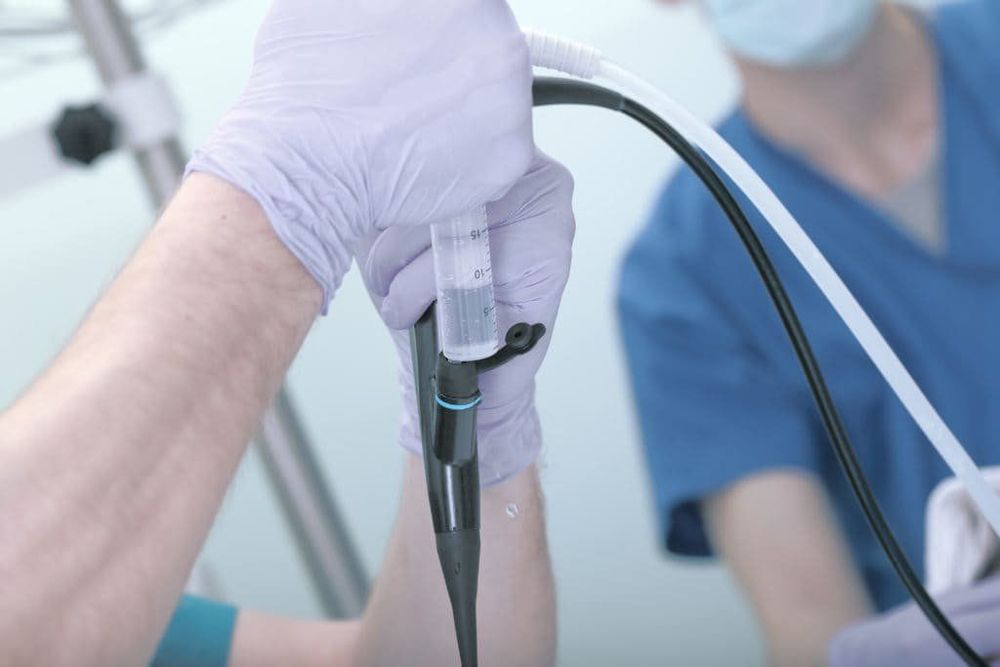
4. Complications and how to handle them
Bladder perforation : Very rare, surgical management. Bleeding: Monitor, use hemostatic drugs, blood transfusion in case of excessive blood loss. Infection: Due to an old bacterial infection or bacterial infection caused by a lengthy procedure and not absolute aseptic. Antibiotic treatment and monitoring.
5. Prevention of bladder stones
5.1 Drink lots of water
Should drink from 8 to 12 glasses of water to ensure the minimum amount of urine is discharged about 1.5 liters / day. Patients can replace filtered water with fruit juices such as oranges, lemons, blueberries...
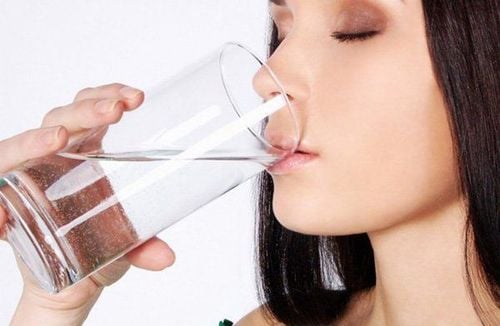
5.2 Eat lighter
The maximum amount of salt per day should not exceed 2.3g, because eating a lot of salt can increase the concentration of calcium in the urine, causing stone formation.5.3 Balance foods containing calcium and oxalate
Excessive abstinence from foods containing calcium is not a good idea, patients should supplement from 800 to 1200 mg of calcium per day through some foods such as shrimp, crab, fish, seafood, ... At the same time, balance with foods rich in oxalates such as potatoes, sweet potatoes, coffee, spinach... The addition of fiber from green vegetables and fresh fruits helps the body reduce absorption of substances that can form bladder stones.
5.4 Minimizing animal protein sources
Limit animal protein sources as much as possible because they increase the risk of urate stones. Patients should not eat more than 150g / day, need to cut pork, beef, animal organs, ... in the diet.
In addition, it is necessary to avoid sitting for a long time in one place, holding urine, patients should increase daily exercise and control a reasonable weight.
Bladder stones, if not treated early, can cause many unpredictable complications, seriously affecting the patient's health. Therefore, understanding what bladder stones are for early detection and timely intervention is very important to prevent complications later.
Please dial HOTLINE for more information or register for an appointment HERE. Download MyVinmec app to make appointments faster and to manage your bookings easily.





